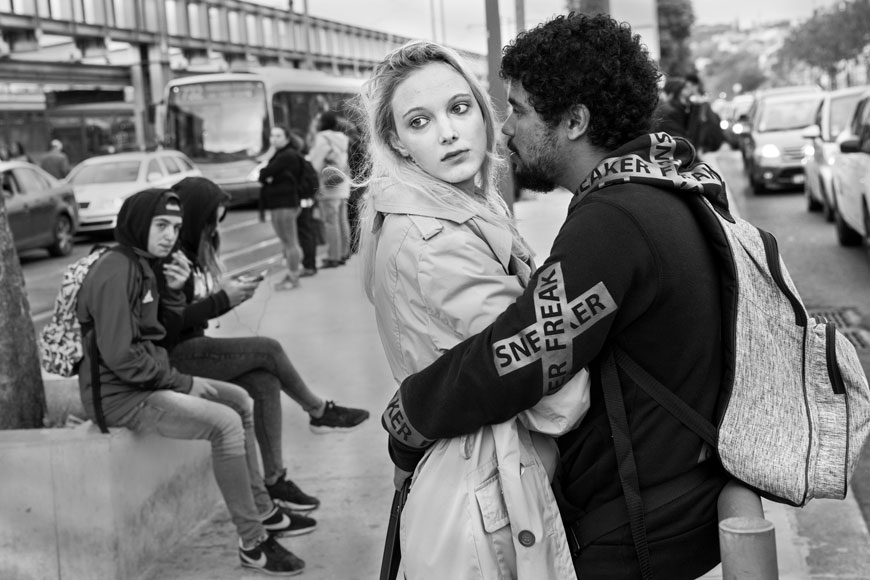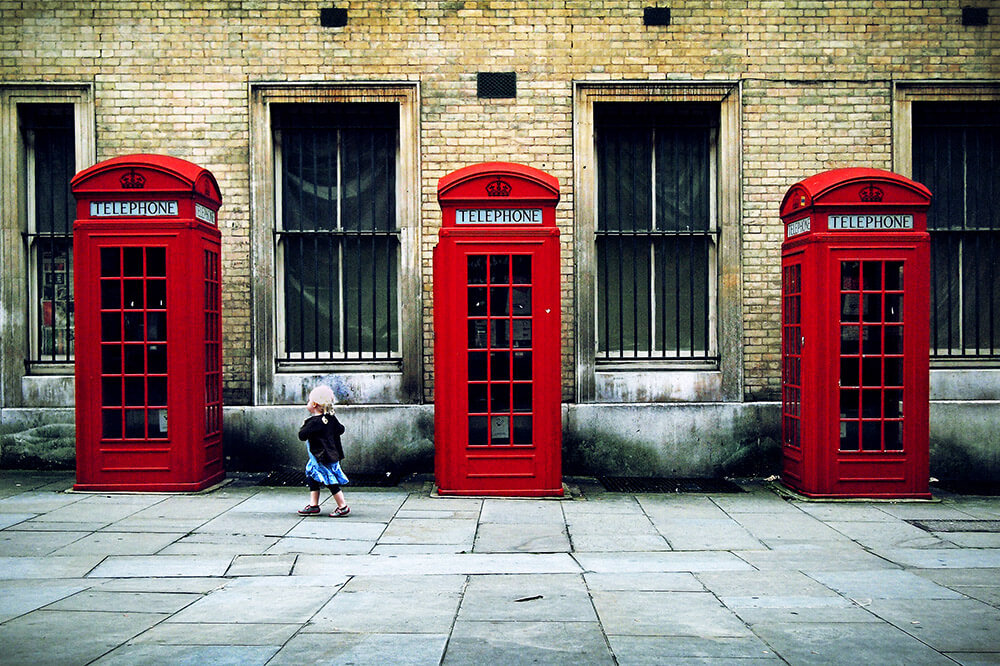Street Photographers Fundamentals Explained
Street Photographers Fundamentals Explained
Blog Article
3 Simple Techniques For Street Photographers
Table of ContentsEverything about Street PhotographersThe Main Principles Of Street Photographers Some Known Details About Street Photographers Top Guidelines Of Street PhotographersGetting The Street Photographers To Work
, a genre of digital photography that documents everyday life in a public location. The very publicness of the setting makes it possible for the photographer to take honest photos of unfamiliar people, typically without their understanding. Road digital photographers do not necessarily have a social objective in mind, however they choose to separate and catch moments which may otherwise go undetected.Though he was influenced by a lot of those who affected the street digital photographers of the 1950s and '60s, he was not chiefly curious about capturing the spirit of the road. The impulse to visually document individuals in public started with 19th-century painters such as Edgar Degas, douard Manet, and Henri de Toulouse-Lautrec, who worked side by side with digital photographers attempting to catch the significance of urban life.

Given the fine quality of his photographs and the breadth of material, architects and artists frequently purchased Atget's prints to utilize as recommendation for their own work, though commercial interests were hardly his major inspiration. Rather, he was driven to photo every last remnant of the Paris he loved.
Getting The Street Photographers To Work
They disclose the city with his eyes. His work and basic understanding of digital photography as an art form worked as ideas to generations of digital photographers that followed. The following generation of street professional photographers, though they likely did not describe themselves therefore, was ushered in by the photojournalism of Hungarian-born digital photographer Andr Kertsz.
Unlike his peers, Brassa made use of a larger-format Voigtlnder video camera with a longer exposure time, forcing him to be a lot more calculated and thoughtful in his technique than he might have been if making use of a Leica. (It is assumed that he may not have actually been able to manage a Leica at that time, yet he did, however, make use of one in the late 1950s to take colour photographs.) Brassa's photos of the Paris underworld lit up by synthetic light were a discovery, and the compilation of the series that he released, (1933 ), was a major success.
Cartier-Bresson was a champion of the Leica electronic camera and one of the very first digital photographers to maximize its abilities. The Leica permitted the photographer to engage with the environments and to capture minutes as they took place - Street Photographers. Its relatively small dimension likewise assisted the digital photographer fade into the background, which great post to read was Cartier-Bresson's favored strategy
Street Photographers - The Facts
It is because of this fundamental understanding of the art of photo taking that he is usually attributed with discovering the tool around once again approximately a century because its innovation. He took photographs for more than a half century and affected generations of digital photographers to trust their eye and instinct in the moment.
These are the questions I shall try to respond to: And afterwards I'll leave you with my own interpretation of street digital photography. Yes, we do. Allow's begin with defining what a definition is: According to it is: "The act of specifying, or of making something guaranteed, unique, or clear".
No, certainly not. The term is both limiting and misleading. Seems like a street digital photography ought to be photos of a roads ideal?! And all street photographers, other than for a little number of absolute novices, will totally value that a street is not the crucial element to road photography, and actually if it's a photo of a street with possibly a few monotonous people doing nothing of rate of interest, that's not street digital photography that's a snapshot of a road.
He makes a valid point do not you believe? Nonetheless, while I agree with him I'm not exactly sure "candid public digital photography" will capture on (although I do kind of like the term "candid digital photography") since "road photography" has actually been around for a lengthy time, with numerous masters' names affixed to it, so I believe the term is below to stay.
Not known Incorrect Statements About Street Photographers
Inside?! I hear you shout as you tremble your fist to the sky. Why not? You can fire at the beach, at a celebration, in a street, in a park, in check out this site a piazza, in a cafe, at a gallery or art gallery, in a city station, at an event, on a bridge, under a bridge ...

An Unbiased View of Street Photographers

Report this page